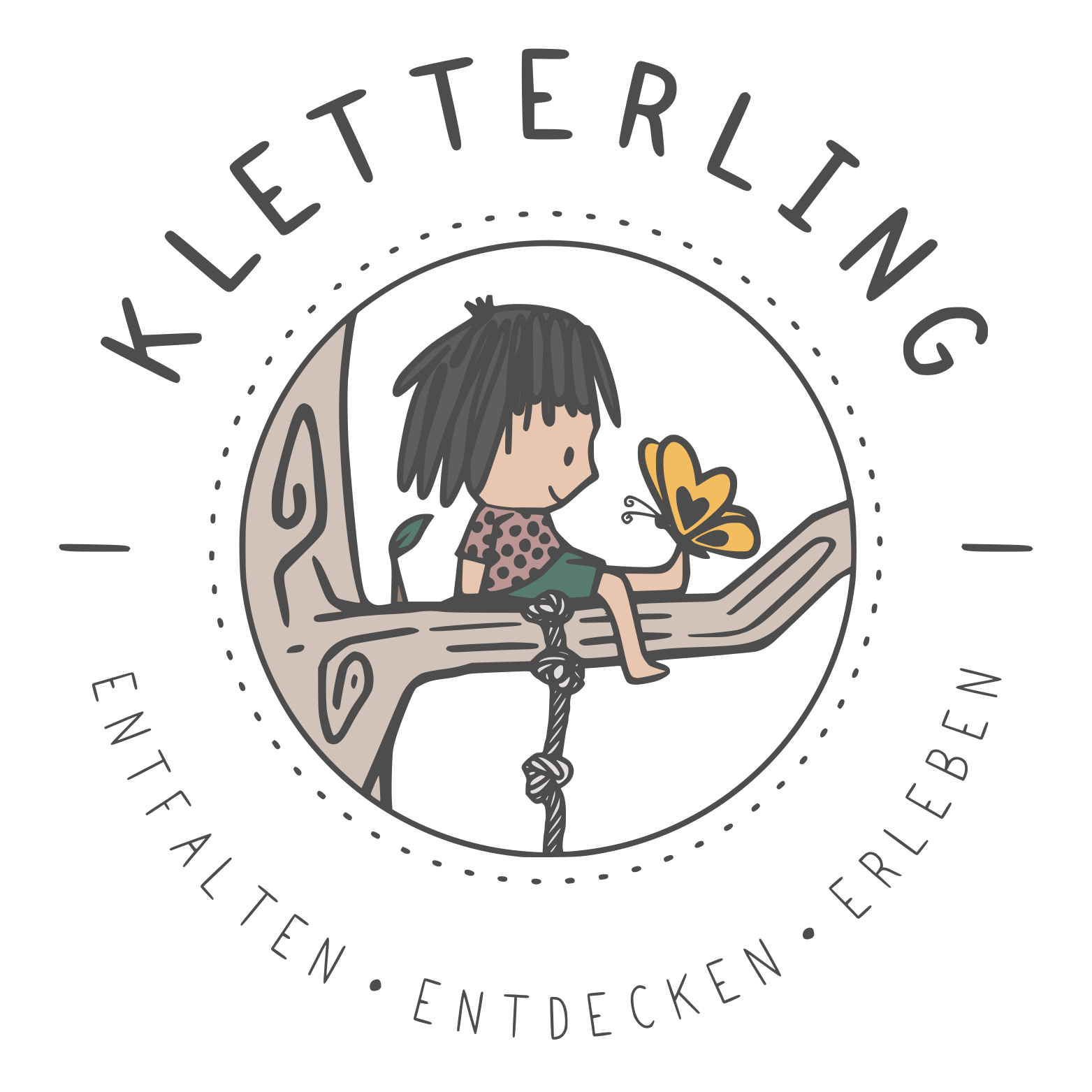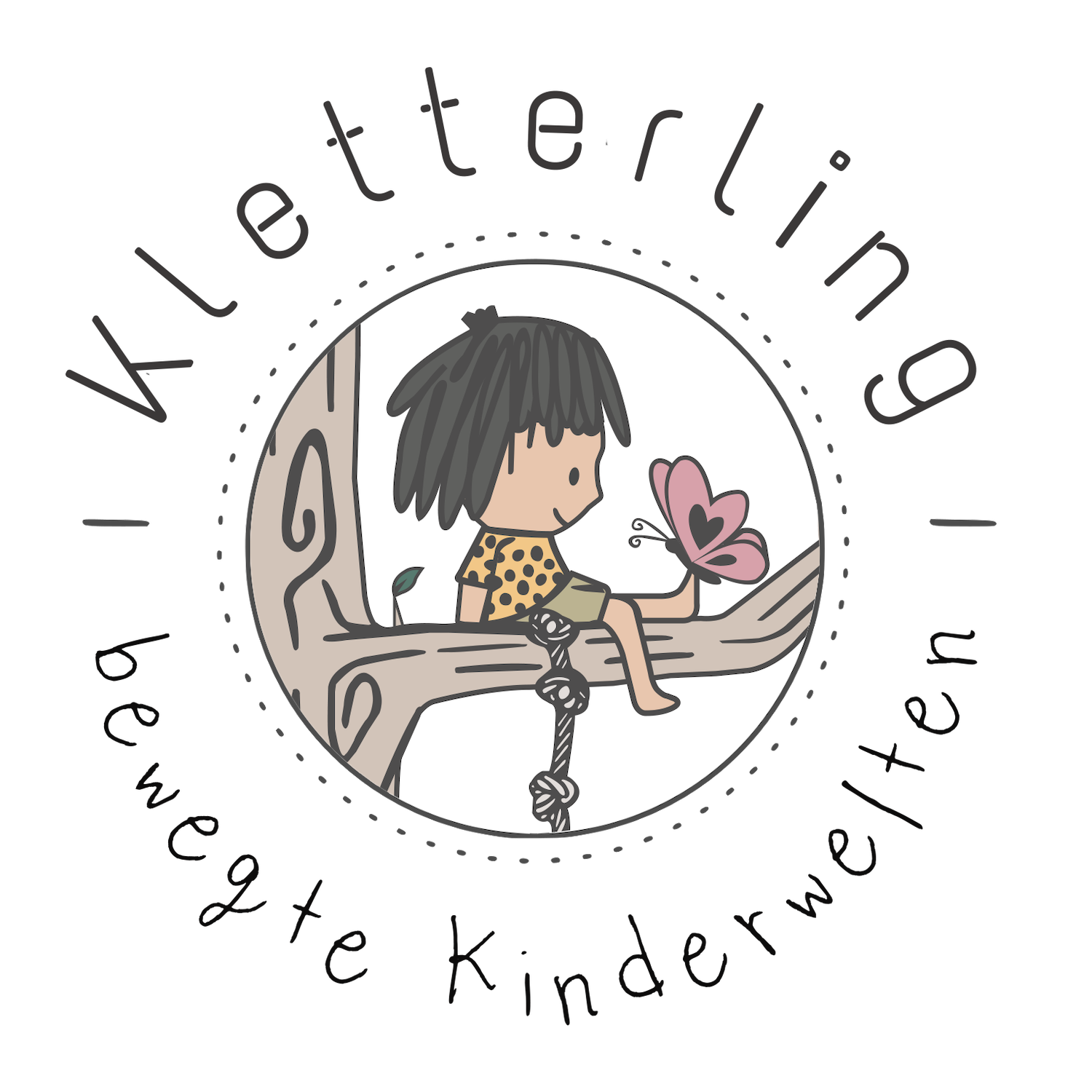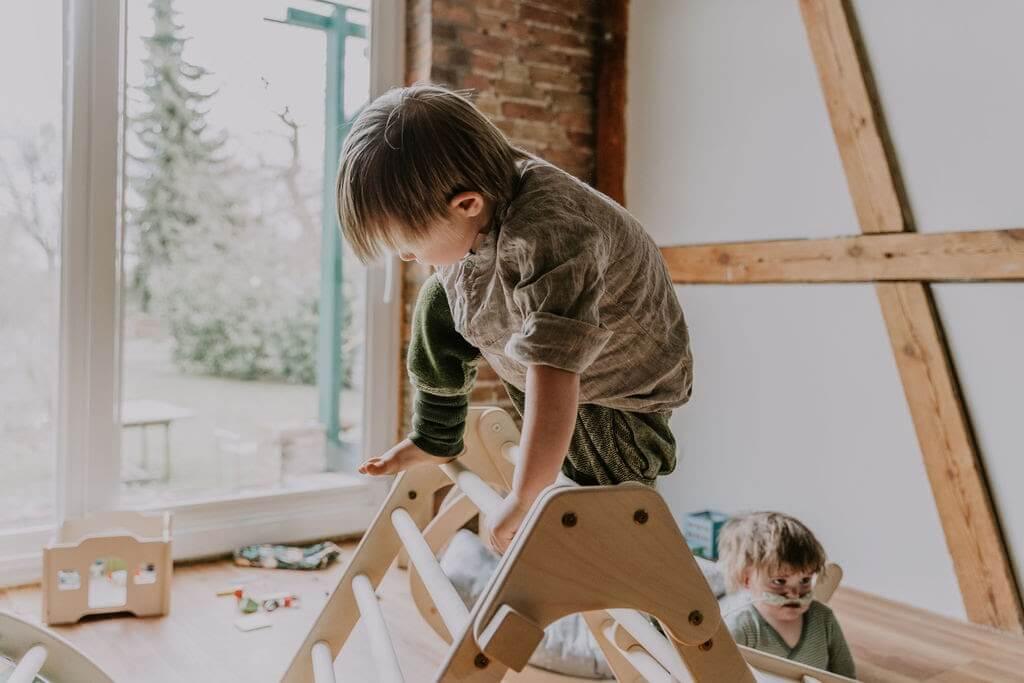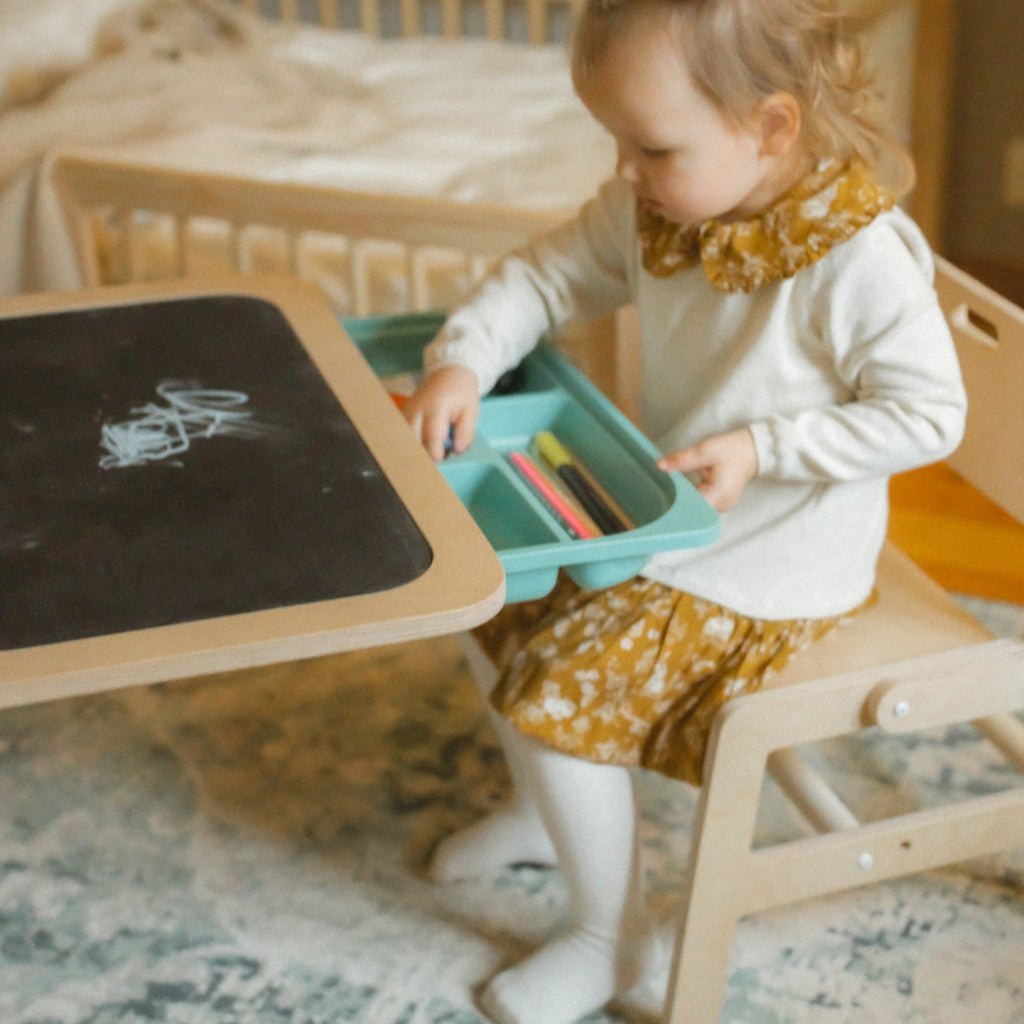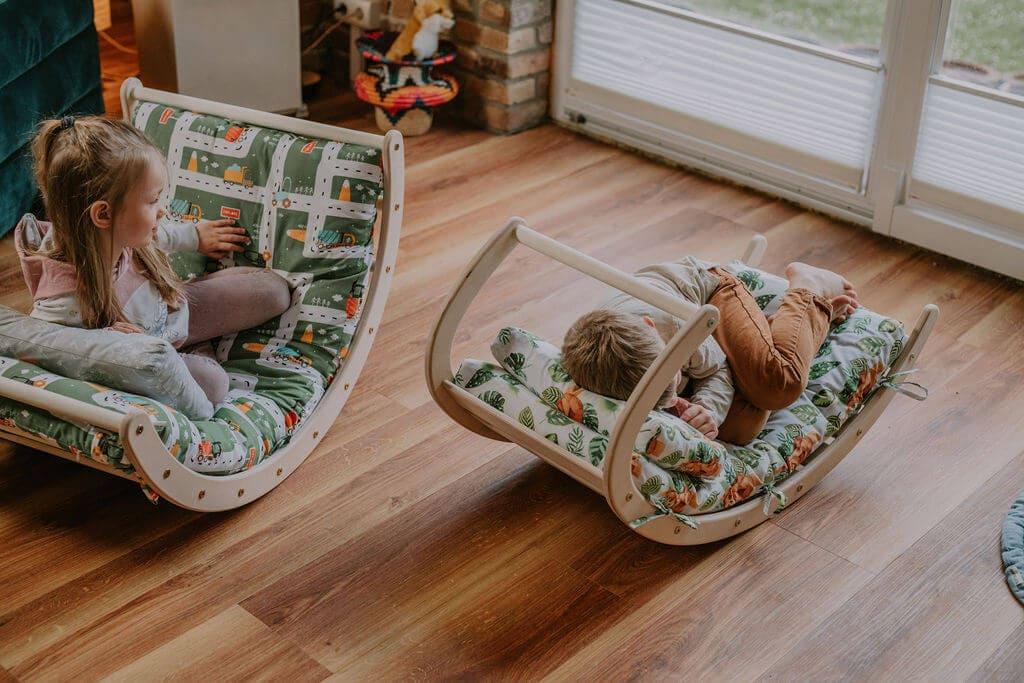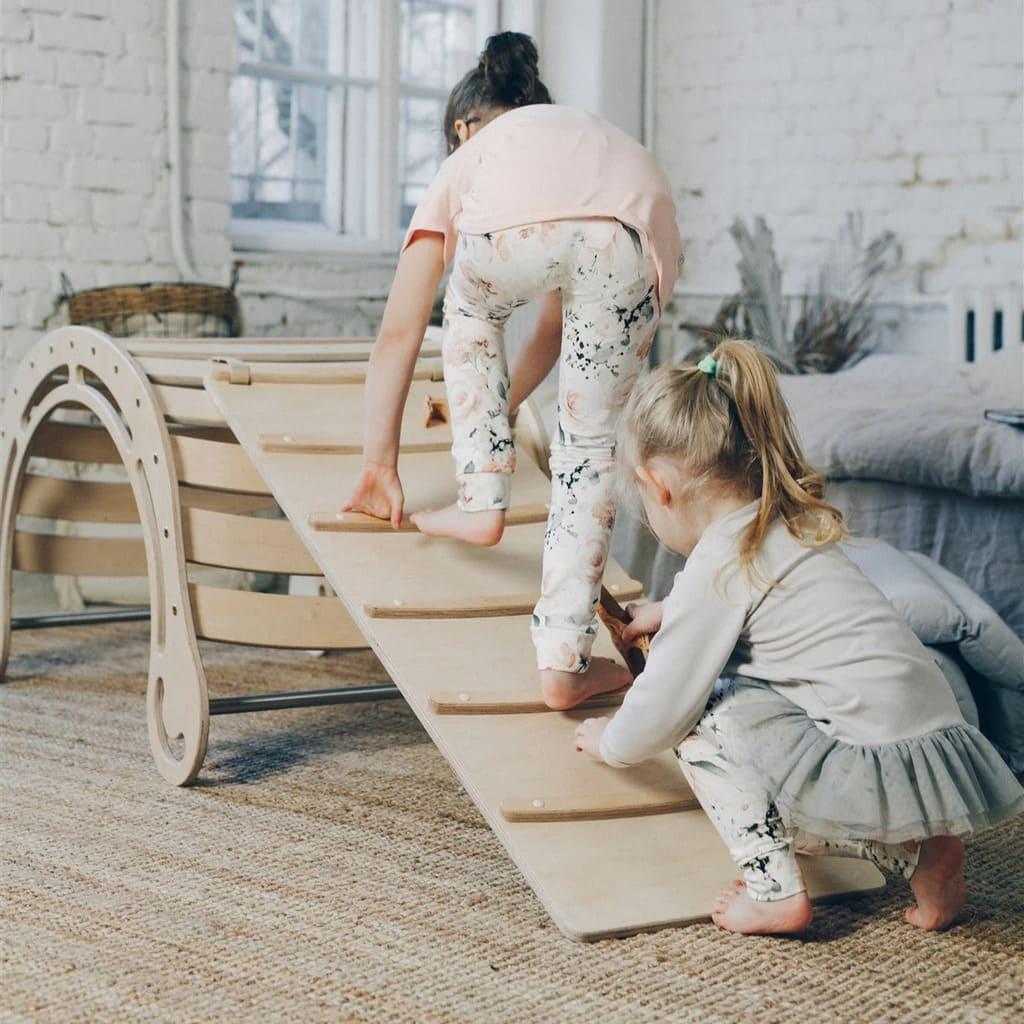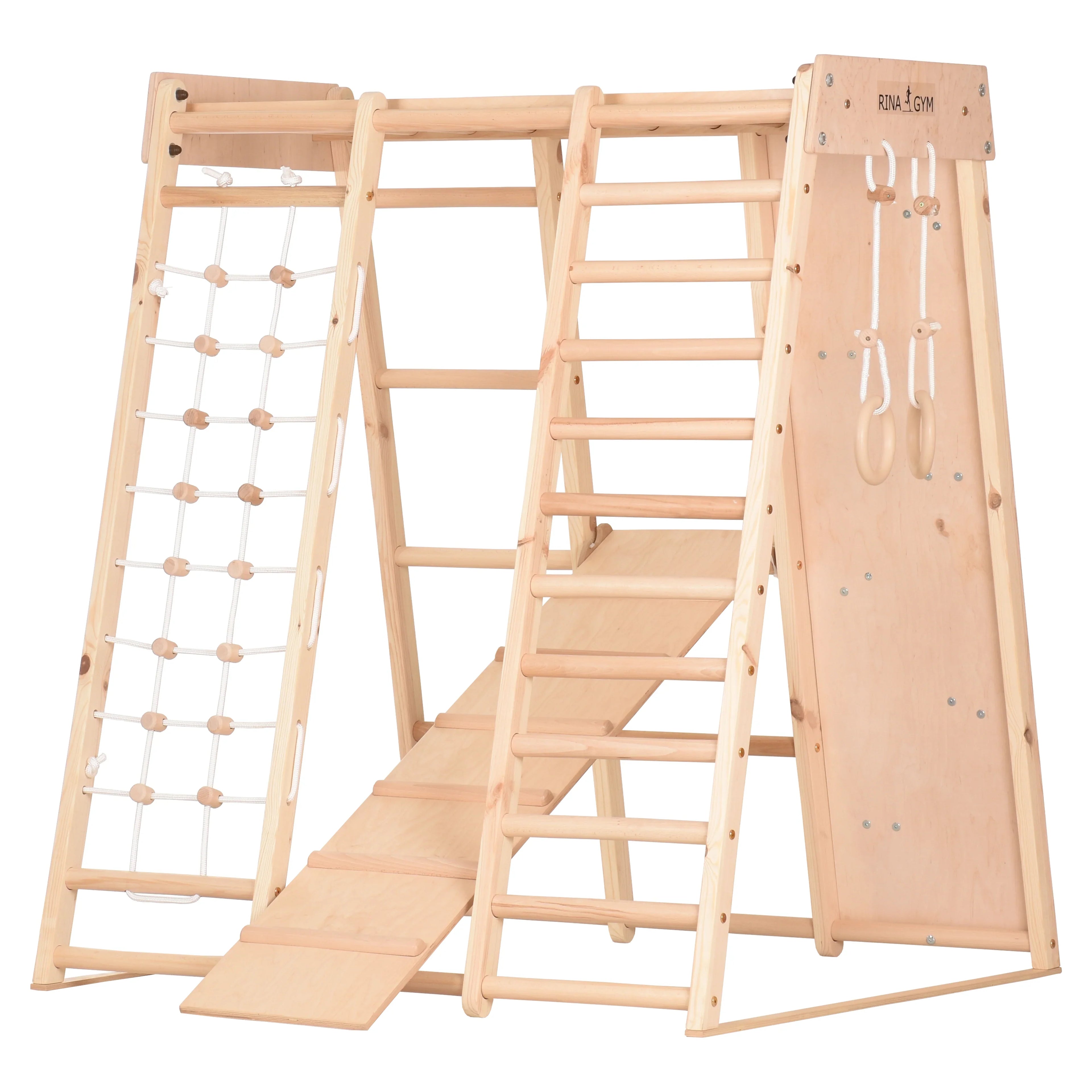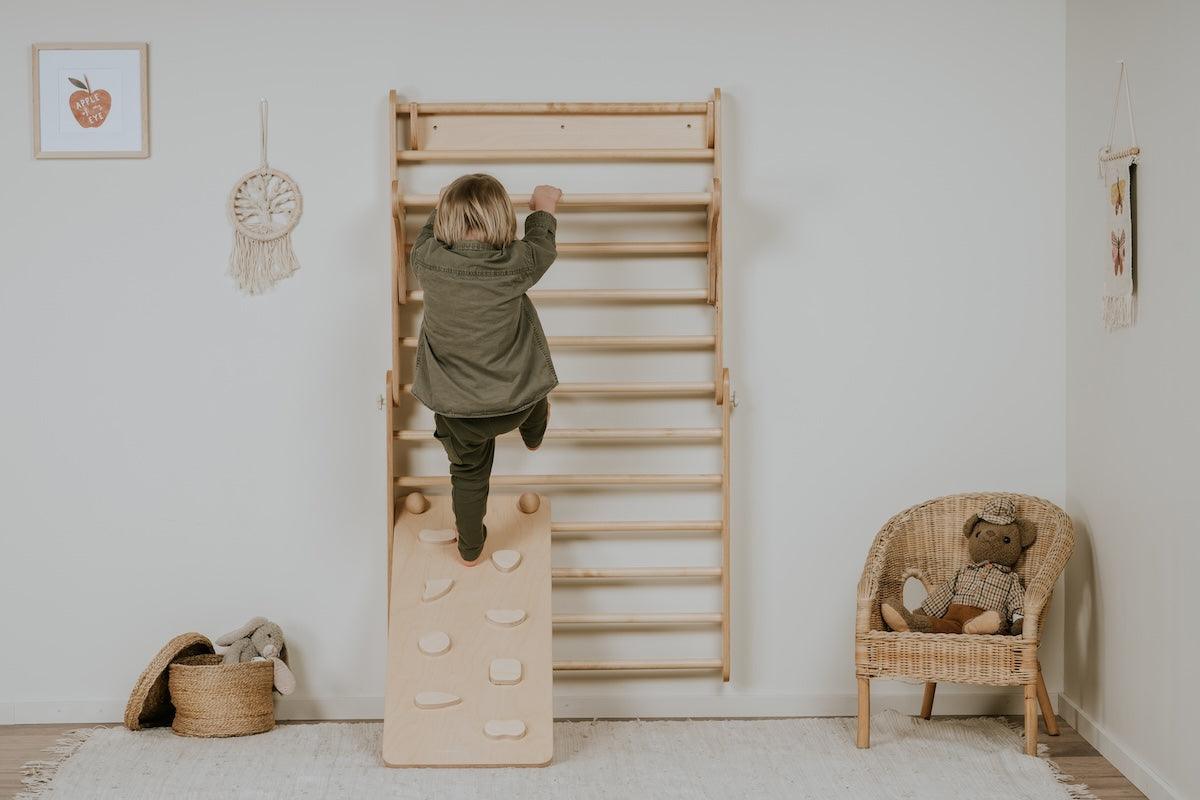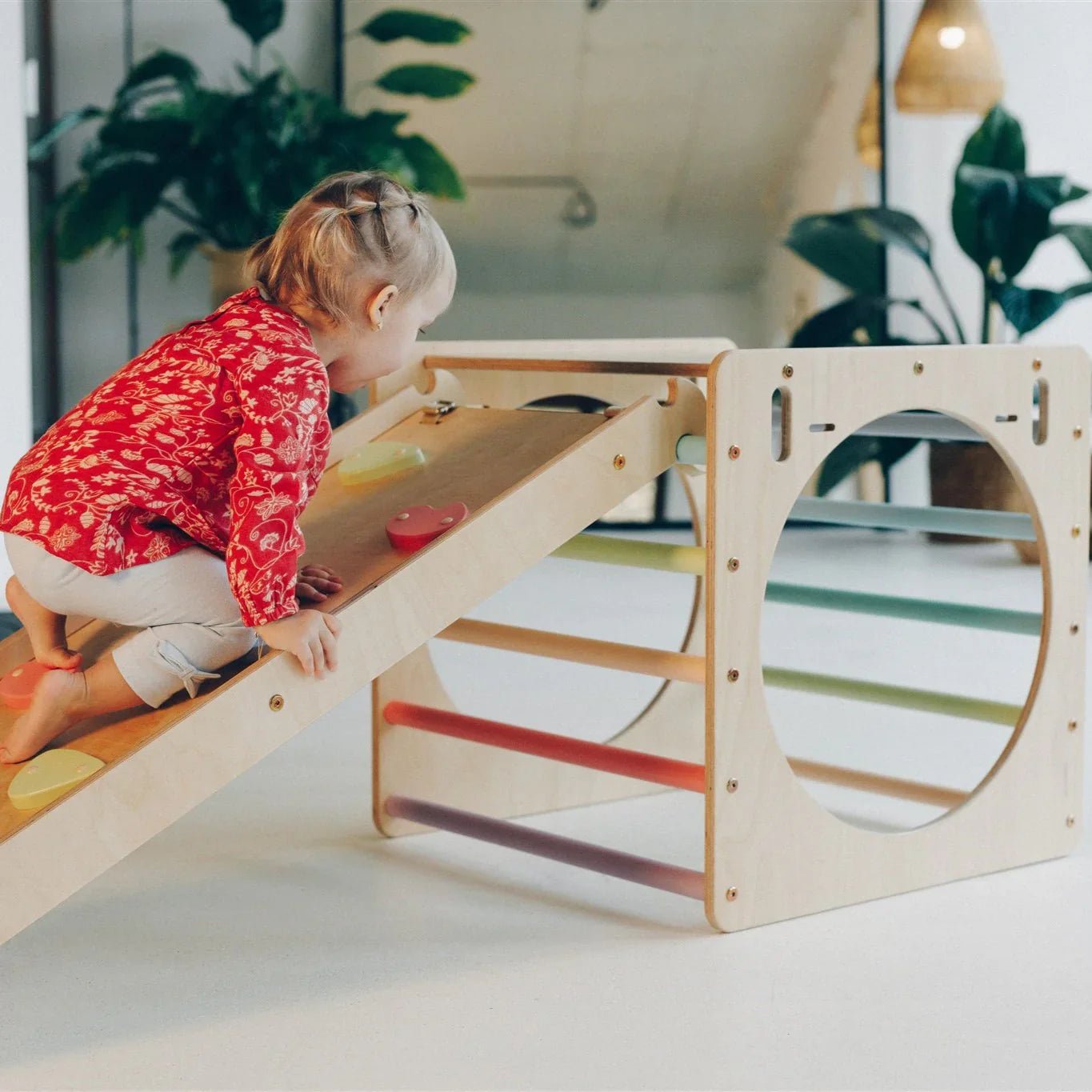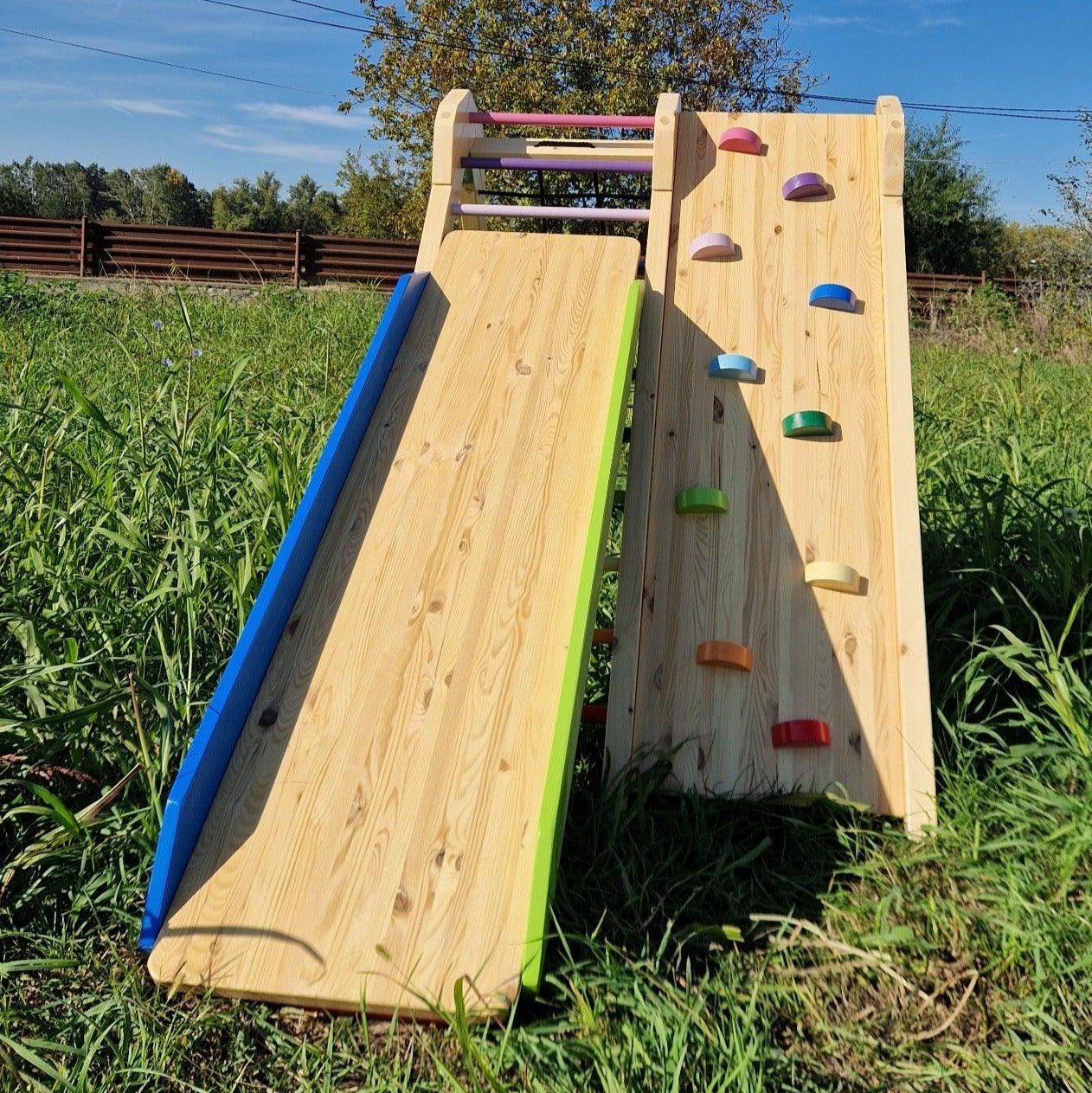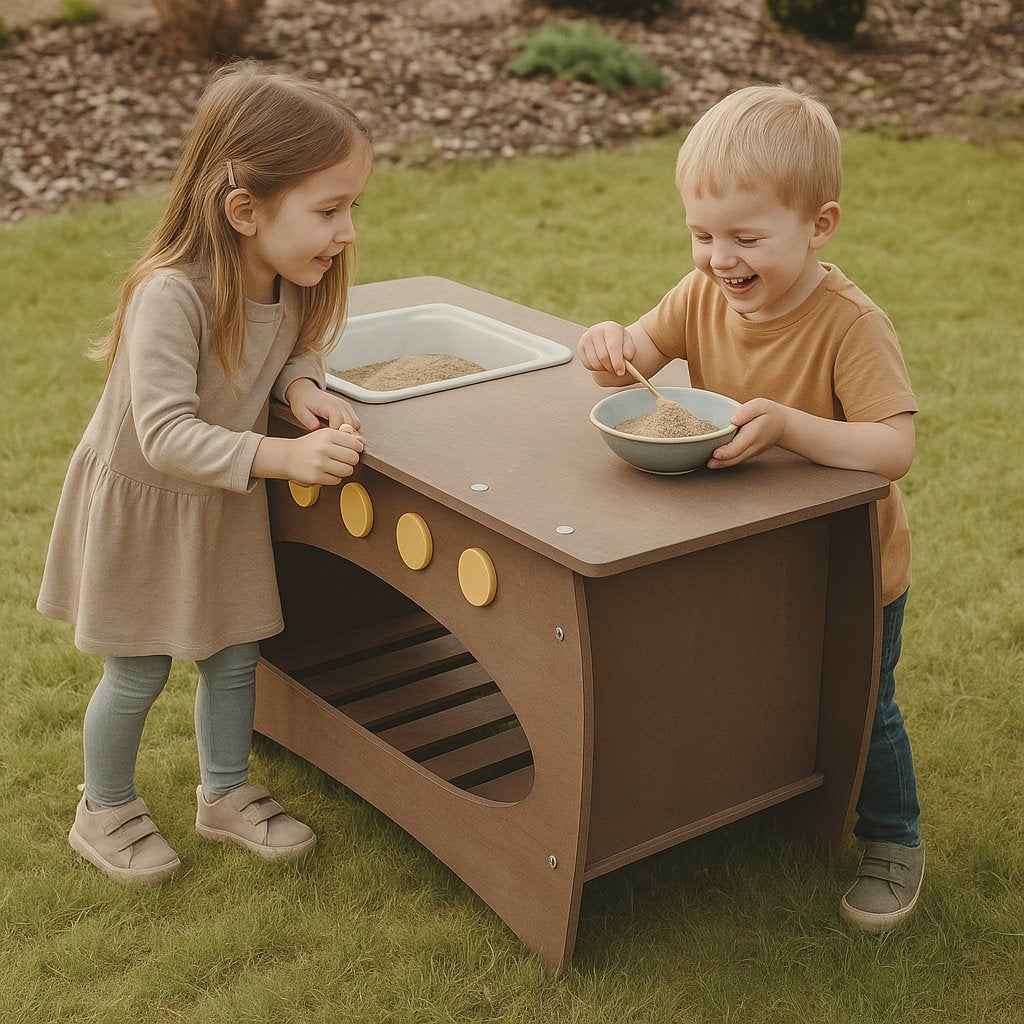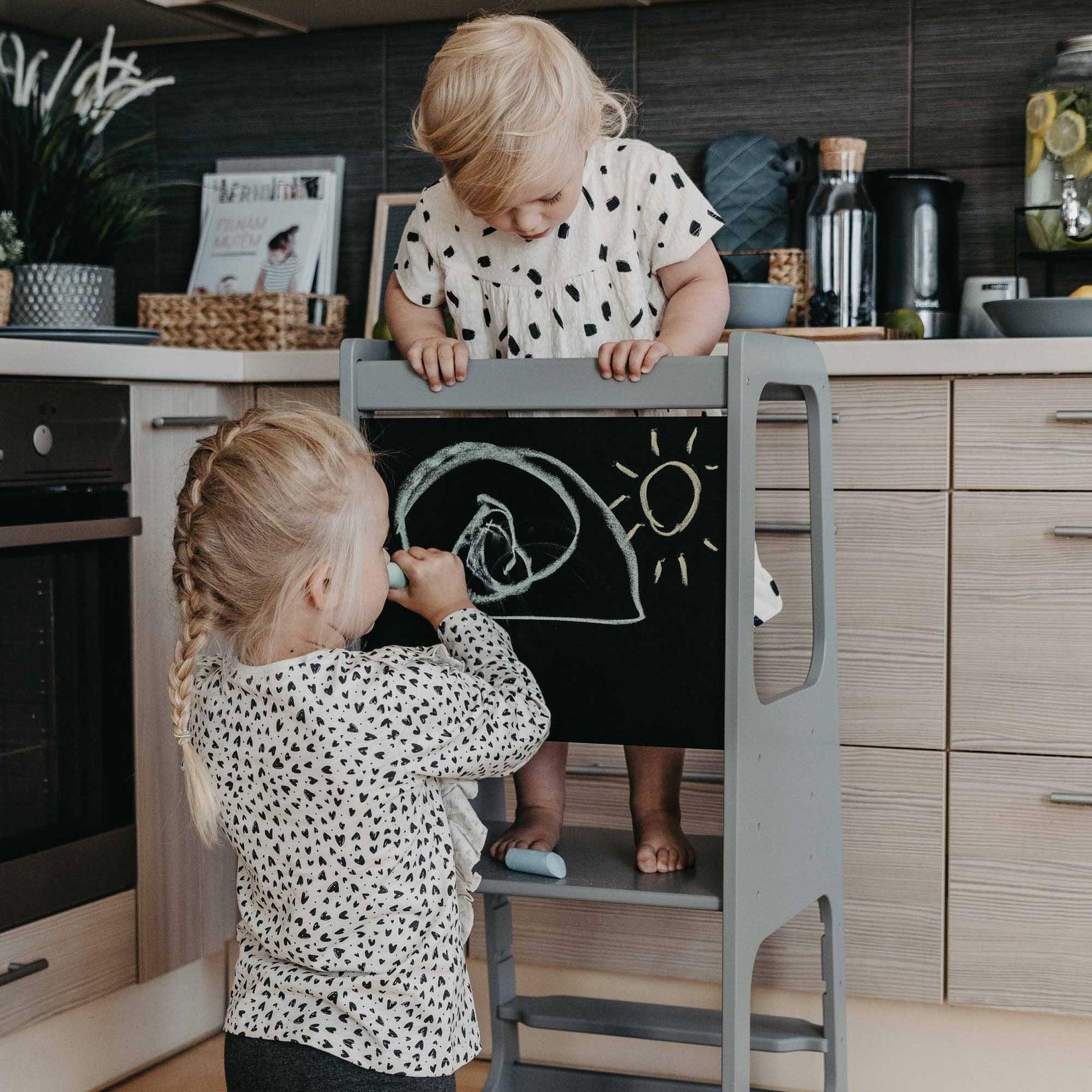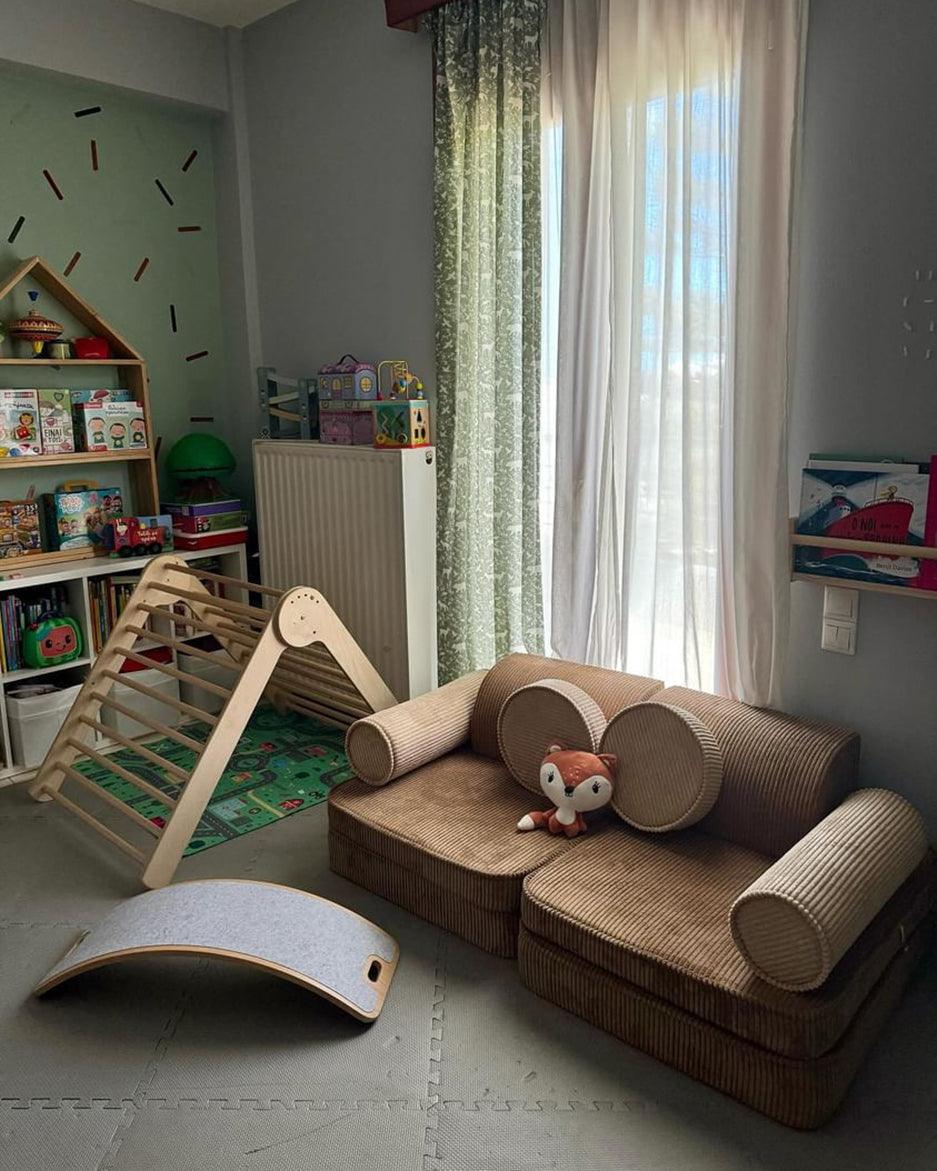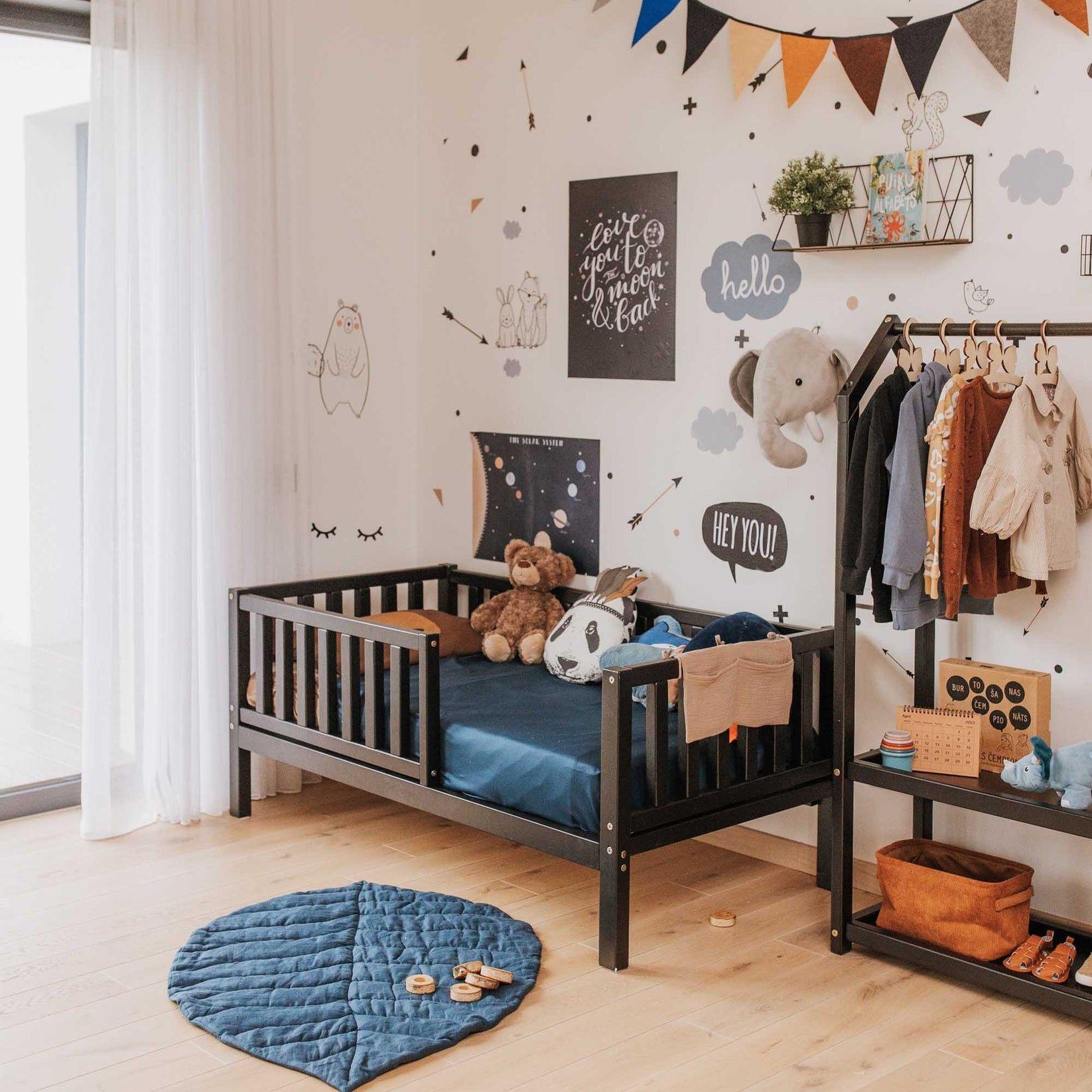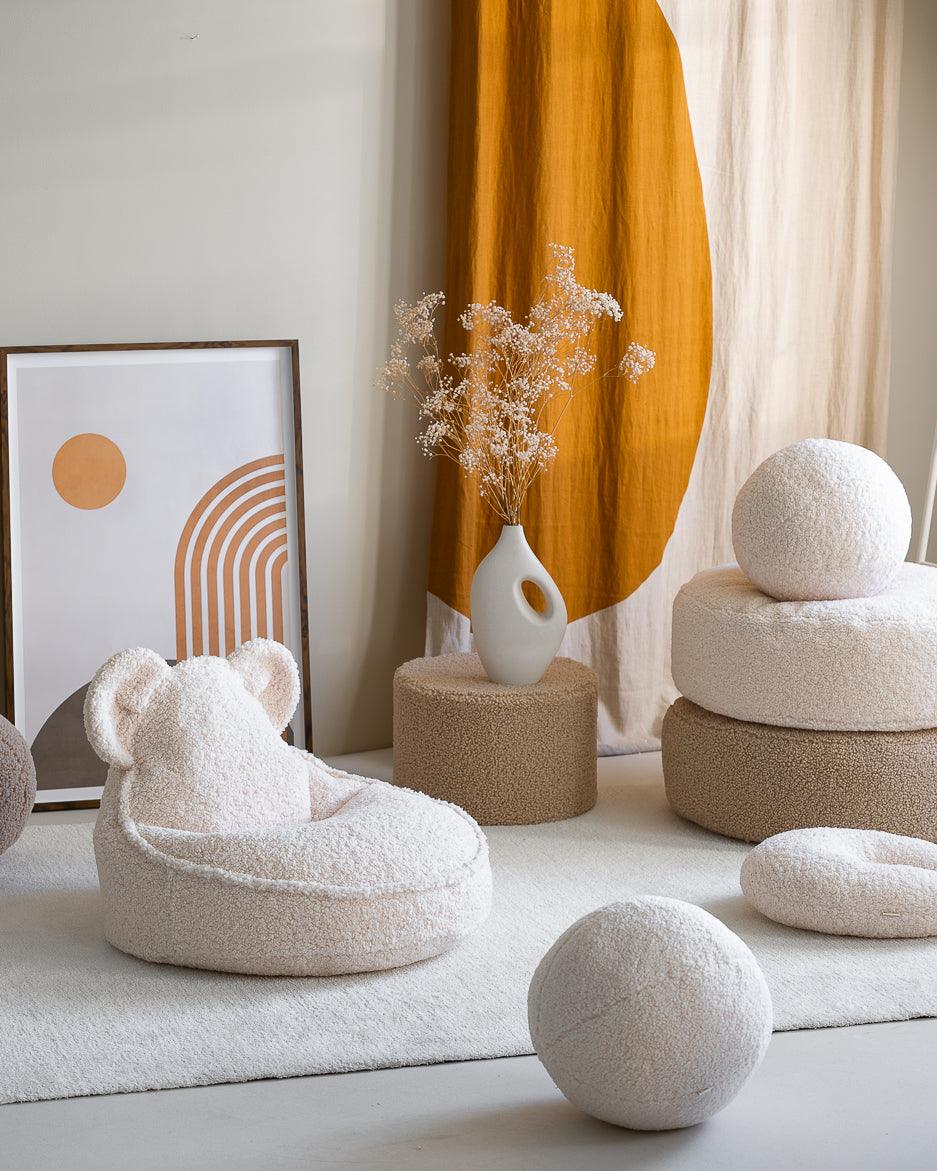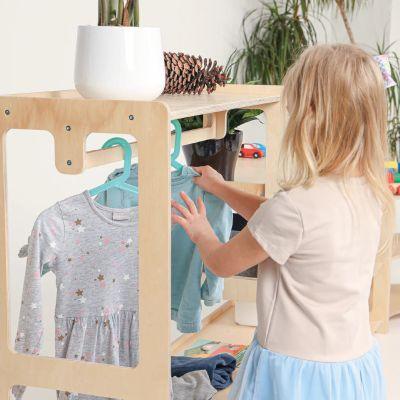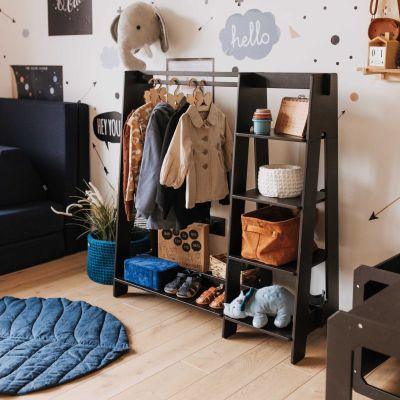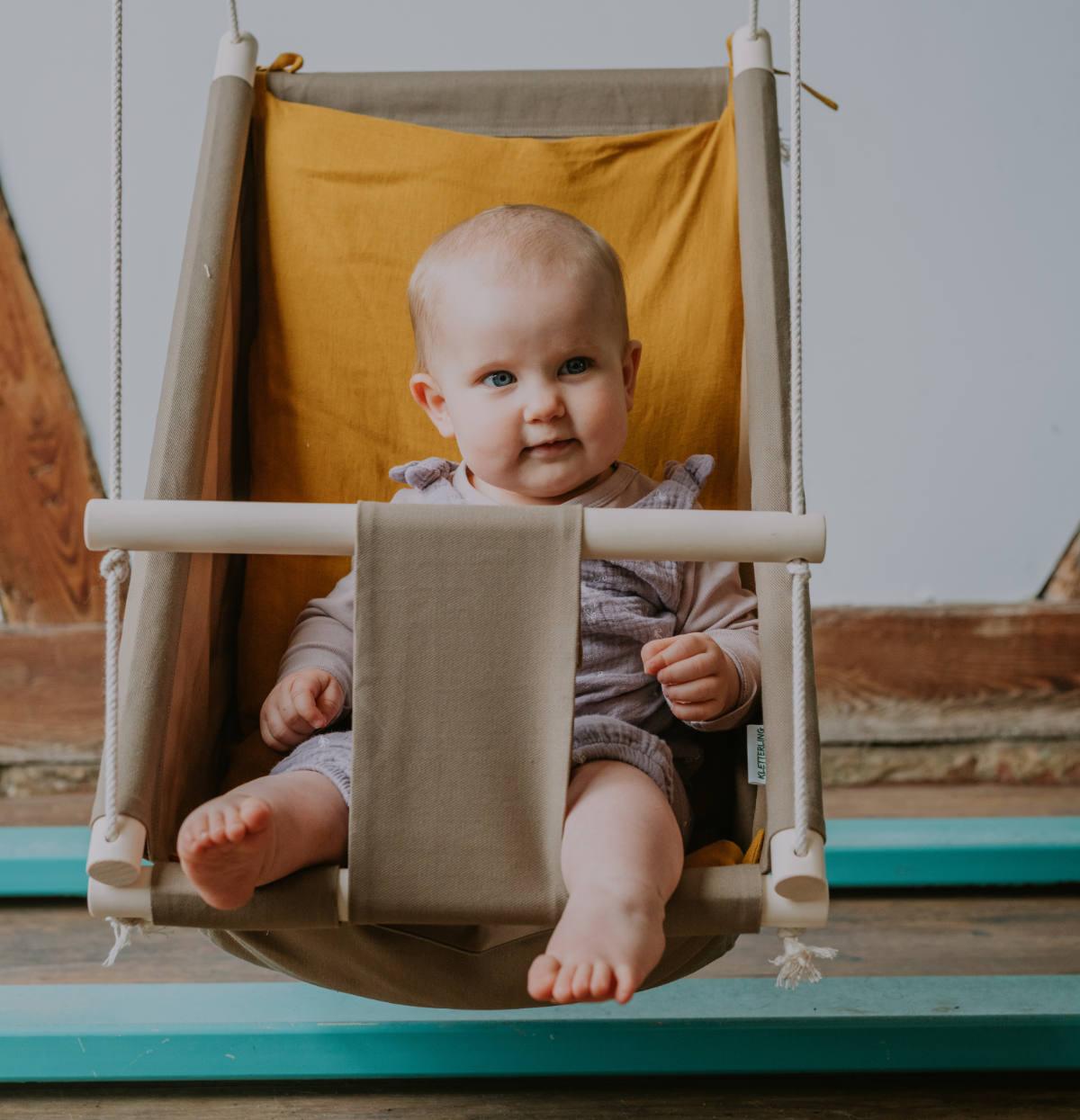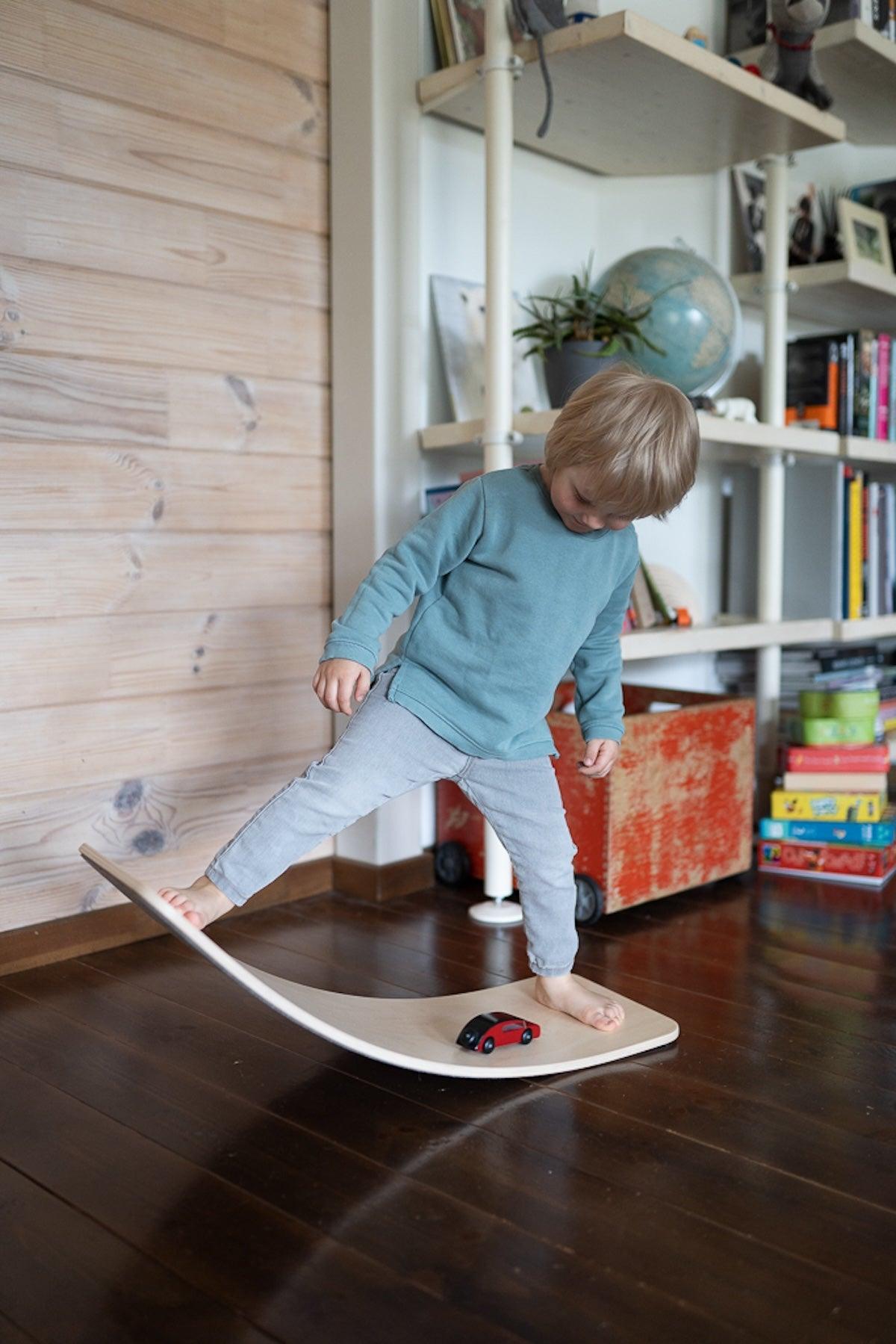
Motor development in the second year of life
Milestones and play
In your child's early years, motor development goes through numerous important phases that are crucial for physical coordination and skills. Rapid progress occurs, especially in the second year, and can be supported through targeted games and activities. Today, let's take a look at how fine and gross motor skills develop during this phase and how you as parents can support your little ones.
Fine motor skills
Fine motor skills refer to the ability to perform small, precise movements with the hands and fingers. During the second year, children begin to develop their finger dexterity, as demonstrated by activities such as grasping small objects, stacking blocks, and drawing with crayons. Parents can encourage their child's fine motor skills through simple games such as shape sorting, playing with finger paints, and creating collages.
Gross motor skills
Gross motor skills refer to larger movements that involve the entire body. During the second year, children make tremendous progress in their gross motor development. They learn to crawl, stand, and walk, which allows them a newfound independence and exploration of their environment. They also develop skills such as sliding, balancing, climbing, hopping, and jumping, which are crucial for their physical fitness.
Sliding, balancing, climbing, hopping and jumping
Sliding on playgrounds is not only a fun activity, but also a great way for your children to improve their motor coordination and overcome their fears. Balancing helps children control their posture and strengthen their muscles, while climbing builds their strength and confidence. Bouncing and jumping not only promotes endurance but also coordination and balance.
First ball games
Playing with balls is a popular activity in your child's second year. It helps improve their hand-eye coordination and refine their motor skills. Simple ball games like rolling, catching, and throwing support muscle development and improve motor coordination.
First everyday activities such as dressing and undressing
In their second year, our children also begin to learn basic everyday activities, such as putting on and taking off clothes. This requires fine motor skills, coordination, and concentration. Parents can support your little ones by choosing clothes with large buttons or zippers and helping them learn the steps.
Three game ideas that promote the motor development of children under 3 years
1. Treasure hunt in the indoor play area:
Set up an indoor play area with soft mats, tunnels, pillows, and low climbing frames. Hide small toys or treasure chests around the room. Let children explore freely and find the hidden treasures. This activity promotes climbing, crawling, balancing, and hand-eye coordination.
2. Colorful ball hunt:
Blow up several colorful balloons and let them float around the room. Ask the children to chase and catch the balloons. Use soft, lightweight balls of different sizes and colors and have the children try to throw and catch them. This activity promotes grasping, throwing, catching, and motor coordination.
3. Clothes Change Game:
Offer children a variety of clothing with different fasteners, such as buttons, zippers, and Velcro. Encourage your child to put on and take off the clothes themselves. Praise efforts and help as needed. This activity promotes fine motor skills, independence, and self-reliance in everyday life.
Overall, the second year of life is an exciting milestone in your child's motor development. Through targeted games and activities, you can promote your child's fine and gross motor skills and support them on their path to a healthy and active lifestyle.
Share
